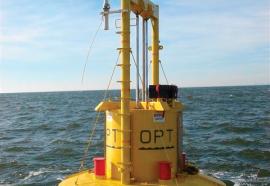Infrastructure Development: Avoiding the Next Debacle
How to ensure another Chunnel, WPPS, or Big Dig doesn’t happen to you.
New generation projects face intense financial, regulatory, legal, and political scrutiny. To meet their communities’ power-supply needs with environmental sensitivity and fiscal prudence will require a new level of managerial excellence that some may not be able to achieve.










